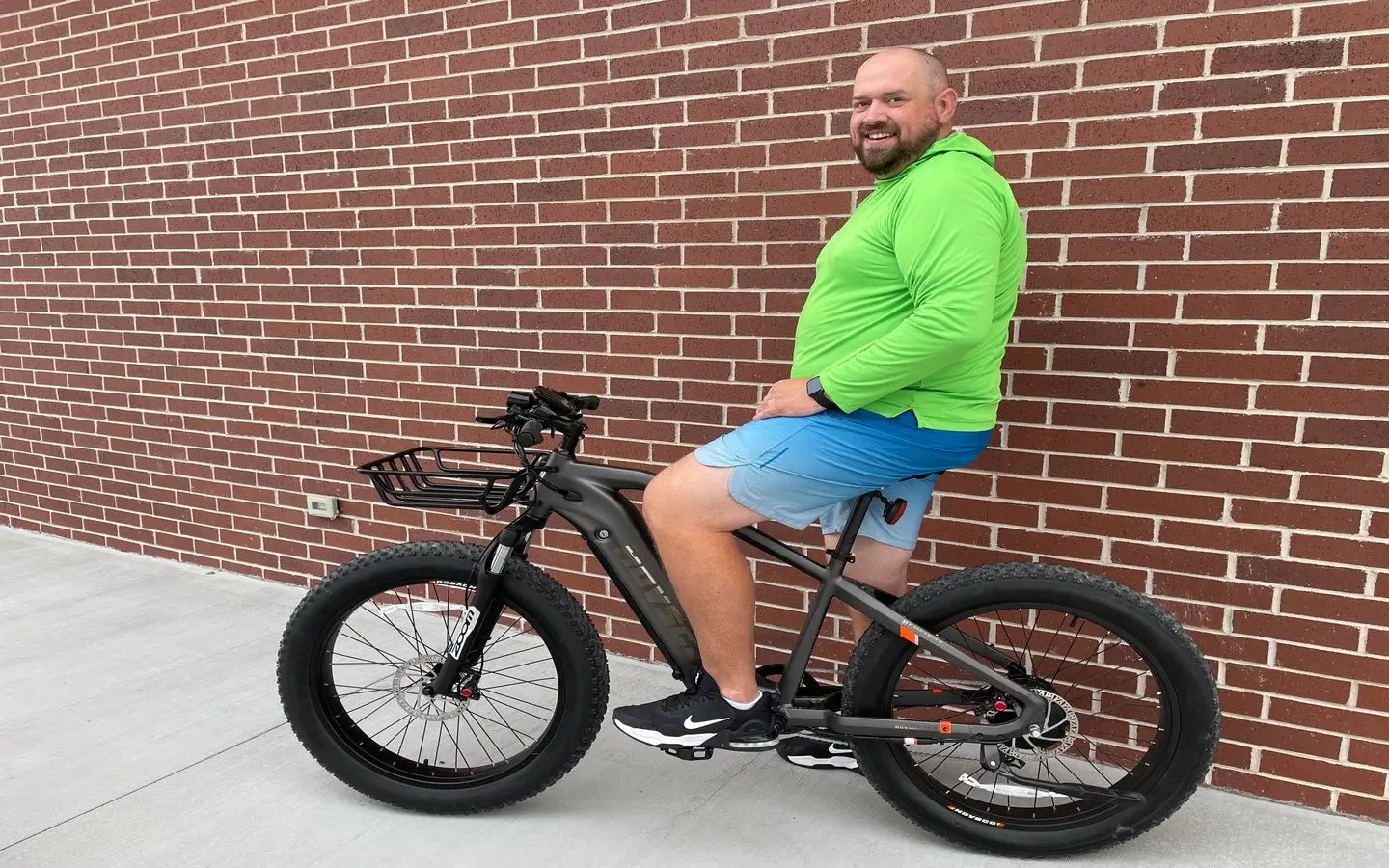
- by LiuJiazhu
Why Choose Between a 250W and a 500W E-Bike Motor?
- by LiuJiazhu
The main difference between a 250W and a 500W e-bike motor lies in power output, which affects speed, torque, hill-climbing ability, and rider support. A 250W motor is lighter, more energy-efficient, and ideal for flat terrain and moderate speeds up to about 20 mph. In contrast, a 500W motor delivers more power, enabling faster speeds up to 25 mph, better hill performance, and support for heavier riders or cargo.
The 250W motor typically reaches top speeds of 15 to 20 mph, suitable for urban commuting and flat terrain, offering balanced efficiency and control. The 500W motor can push speeds from 20 to 25 mph with greater acceleration and torque, making it better for hilly terrain, heavier riders, and faster rides. This extra power translates to easier hill climbing and quicker starts.
Speed and Torque Comparison Chart
| Motor Power | Typical Top Speed (mph) | Suitable Terrain and Riders |
|---|---|---|
| 250W | 15 - 20 | Flat terrain, lighter riders, urban |
| 500W | 20 - 25 | Hills, heavier riders, cargo, faster rides |
Rider weight significantly impacts motor performance. A 250W motor is adequate for riders up to about 180 pounds on mostly flat terrain, providing sufficient assistance without excessive power consumption. Heavier riders (200 pounds or more) or those frequently tackling hills benefit from a 500W motor, which offers more torque and power to maintain speed and reduce strain on the motor.
E-bikes with 250W motors tend to be lighter and more maneuverable due to smaller motors and batteries, leading to longer battery range per charge. The 500W motor adds weight and consumes more energy but still maintains acceptable efficiency while delivering higher performance. Riders prioritizing energy efficiency and ease of handling often prefer 250W motors.
Many regions regulate e-bike motors to 250W or 500W limits to classify them as bicycles rather than mopeds or motorcycles. A 250W motor often complies with stricter regulations, making it easier to ride legally in more areas. A 500W motor may require additional licensing or restrictions depending on local laws, so riders should verify regulations before purchasing.
The 500W motor provides significantly better hill-climbing ability due to its higher torque output. Riders facing frequent or steep inclines will find a 500W motor easier to handle, reducing the physical effort required. A 250W motor can manage gentle or moderate hills but may struggle on steep or prolonged climbs, especially with heavier riders or cargo.
250W Motor Advantages: Lightweight, energy-efficient, suitable for casual riders, urban commuters, and those who want moderate speeds and exercise. Ideal for flat terrain and riders who prefer pedal assist without excessive motor intervention.
500W Motor Advantages: More power and torque for faster acceleration, higher top speeds, better hill climbing, and support for heavier riders or cargo. Suitable for riders who want speed, performance, and versatility in varied terrain.
When choosing between a 250W and a 500W e-bike motor, consider your weight, typical riding terrain, desired speed, and legal restrictions. If you mostly ride on flat roads and want a lightweight, efficient bike, a 250W motor is a great choice. For hilly areas, heavier riders, or those who want faster acceleration and top speed, a 500W motor is better. Also, check local e-bike regulations to ensure compliance. HOVSCO offers a range of e-bikes designed to meet diverse needs, balancing power, efficiency, and ride comfort to help you find the perfect fit.
"HOVSCO believes the choice between a 250W and a 500W motor should be guided by the rider’s lifestyle and terrain challenges. A 250W motor suits urban riders seeking efficiency and ease, while a 500W motor empowers those who demand speed and hill-climbing prowess. Our designs aim to blend innovation with rider-specific needs, ensuring every cyclist finds their ideal e-bike companion." — HOVSCO Team
Q: Can a 250W motor handle hills?
A: It can handle gentle hills but may struggle on steep or long inclines, especially with heavier riders or cargo.
Q: Will a 500W motor drain the battery faster?
A: Generally, yes, because it uses more power, but it also provides more assistance, which can reduce rider effort.
Q: Are 500W e-bikes legal everywhere?
A: Not always; some regions restrict e-bike motors to 250W for legal classification as bicycles.
Q: Which motor is better for commuting?
A: For flat urban commuting, a 250W motor is sufficient and more energy-efficient, but for faster or hillier commutes, a 500W motor is preferable.
Q: Does rider weight affect motor choice?
A: Yes, heavier riders benefit from the extra power and torque of a 500W motor to maintain performance.
Share:
How To Evaluate Hovsco 27.5 E-Bike Reviews?
Why Choose A Step-Thru Commuter Ebike For Long Range?